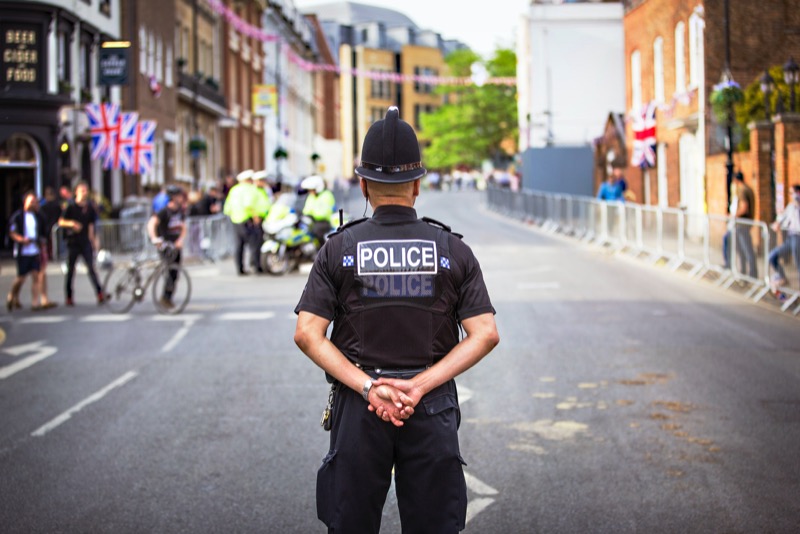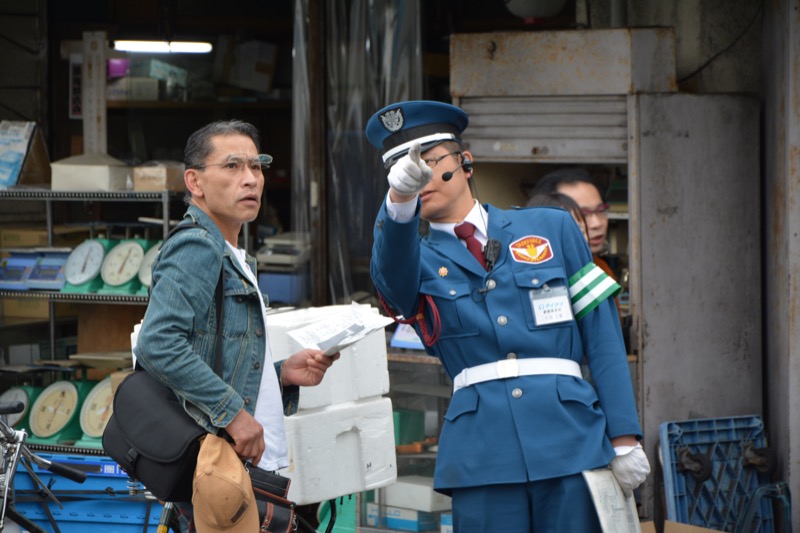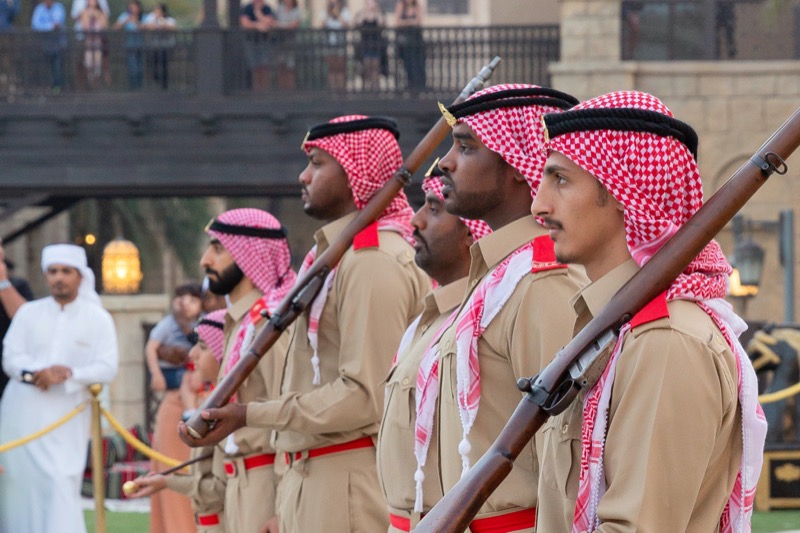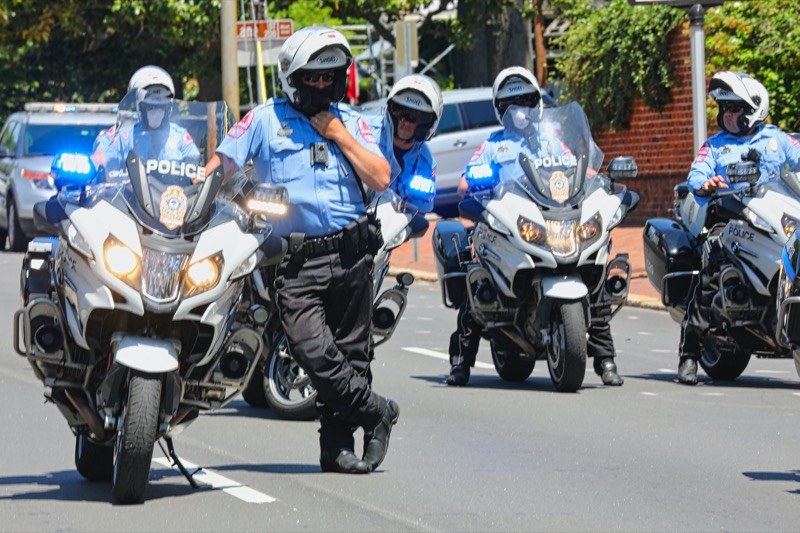Want to read in Dutch? Click here
The type of uniform police wear varies by country and sometimes even by region or city, as does the color. But what influence does the color of the uniform actually have on citizens? In this article, I will tell you about the various studies that have been conducted on the influence of color on police uniforms.

The influence of color on a police uniform
American Ernest Nickels, a professor of criminal justice at SUNY (Oswego), conducted research on how citizens judge officers based on the color of their uniform. During this study, he showed one hundred and fifty students different images of officers. He used a black and a white officer and changed their body posture. In one instance, the officer had a friendly facial expression and a relaxed posture, while in another instance, the expression was aggressive. This involved placing a hand on a firearm and taking a step forward.
After viewing the images, Nickels only changed the officers’ clothing. The students then had to indicate how the officers appeared to them. On a seven-point scale, they were rated from good to bad, nice to mean, gentle to powerful, passive to aggressive, and friendly to unfriendly. The students were also asked about their experiences with the police.
As expected, officers with an aggressive posture were rated less positively than those with a relaxed body posture. Additionally, the color of the uniform also influenced the impression the officers made. In a dark uniform, they were perceived as friendlier, more honest, and better than officers in a light uniform.



Light vs. dark
The researchers expect this to be related to the association people have with certain uniforms. Lighter uniforms in colors like green, khaki, and white are often worn by the military. Dark uniforms such as black and navy blue are commonly seen on officers responsible for daily enforcement. As a result, people may feel less comfortable with officers wearing light colors because they are associated with situations like war.
According to Richard R. Johnson, a researcher and professor of criminal justice in Illinois, it is not advisable to opt for a completely dark uniform. His research has shown that people feel uncomfortable around officers dressed only in black. Additionally, dark colors are often associated with strength, but in certain situations, the color can also unconsciously evoke negative feelings. This can lead people to behave more aggressively, which in turn affects the officer, who may respond more harshly. On the other hand, light colors are generally perceived as good and weak.
Johnson’s research found that officers wearing a light blue shirt and dark blue pants were rated most positively.
Purpose of the police uniform
Following the study, Johnson advises using a combination of dark and light colors in police uniforms. According to the researcher, this can help improve the poor image of American police.
This might be the most important aspect when it comes to the color of the police uniform: what you want to achieve with it. When a new uniform is introduced, the discussion often revolves around whether or not it looks good. But ultimately, it’s about what you want to achieve with it.
Do you want to be approachable, come across as strong, or are you looking for a middle ground? That will be different for every police force.
Greetings,
Aileen
